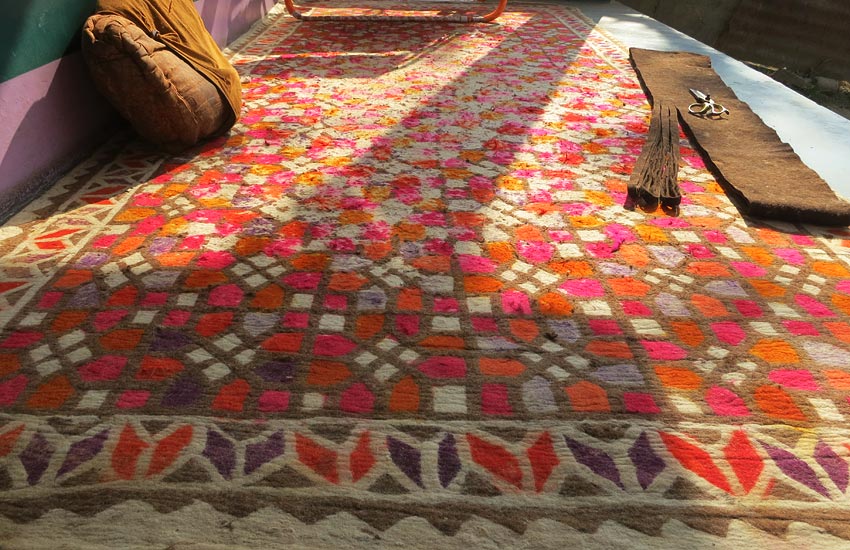Free Courses Sale ends Soon, Get It Now


Free Courses Sale ends Soon, Get It Now



Disclaimer: Copyright infringement not intended.
Context
Other Details
Significance of this project
Namda craft
Trigger Point for Conservation
Process
Must Read Article:
Skill India
https://www.iasgyan.in/rstv/perspective-skill-india
Pradhan Mantri Kaushal Vikas Yojana
https://www.iasgyan.in/daily-current-affairs/economics
GI Certification
https://www.iasgyan.in/daily-current-affairs/gi-tags
|
PRACTICE QUESTION The preservation of local art and craft contributes to the enhancing employability opportunities to youth and empowers them. Justify. Also highlight the significance of Pradhan Mantri Kaushal Vikas Yojana in promoting these arts and upskilling youth. (250 words)
|
© 2024 iasgyan. All right reserved